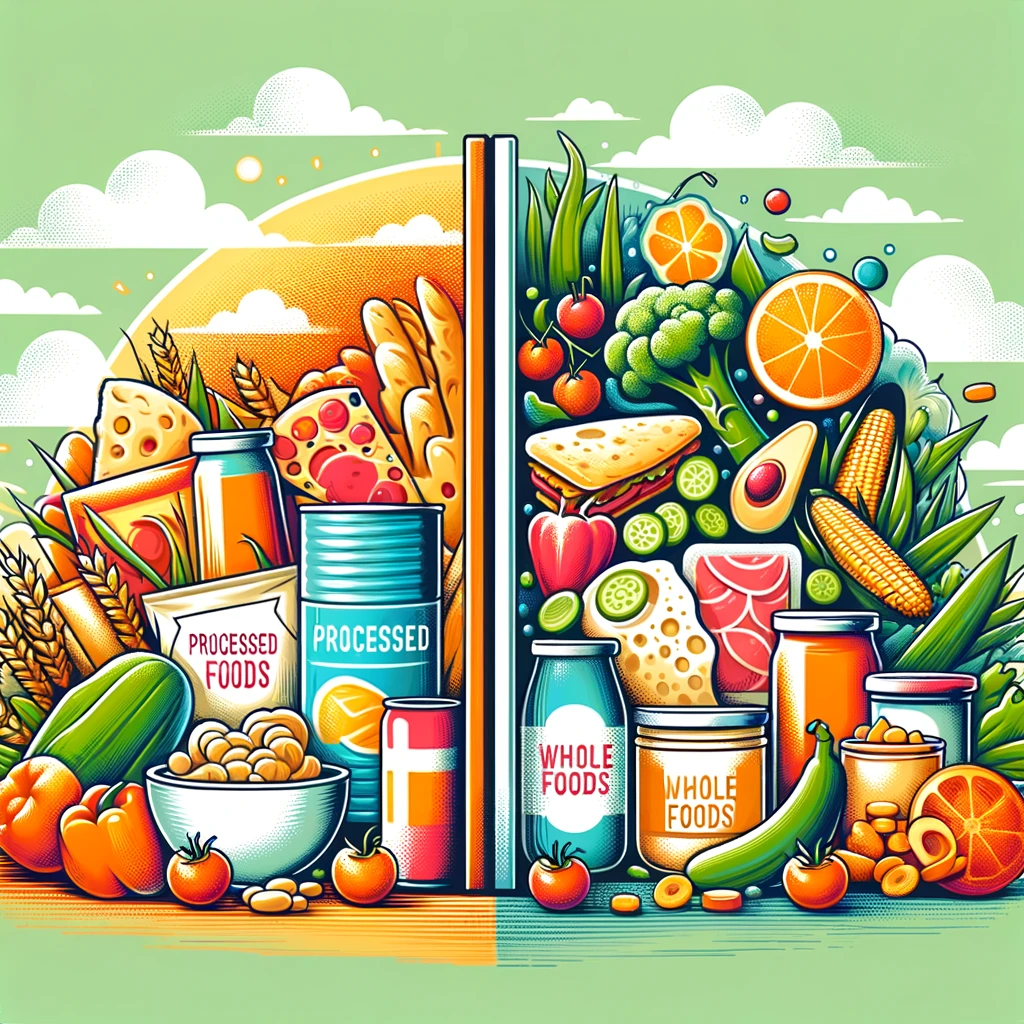- Home
- Wellness
- Support Us
- Community
- Ben Greenfield – The Ultimate Resource Guide
- Dave Asprey – The Father of Biohacking
- Dr. Andrew Huberman – Pioneering Neuroscience Research
- 🔬 Dr. David Sinclair: Pioneer in Anti-Aging and Longevity Science 🧬
- Dr. Steven Gundry, MD: The Pioneer in Holistic Health and Wellness
- Max Lugavere: Health and Science Journalist,
- NAMI, the National Alliance on Mental Illness
- Eco-Life
- Insights
- Home
- Wellness
- Support Us
- Community
- Ben Greenfield – The Ultimate Resource Guide
- Dave Asprey – The Father of Biohacking
- Dr. Andrew Huberman – Pioneering Neuroscience Research
- 🔬 Dr. David Sinclair: Pioneer in Anti-Aging and Longevity Science 🧬
- Dr. Steven Gundry, MD: The Pioneer in Holistic Health and Wellness
- Max Lugavere: Health and Science Journalist,
- NAMI, the National Alliance on Mental Illness
- Eco-Life
- Insights
- Home
- Wellness
- Support Us
- Community
- Ben Greenfield – The Ultimate Resource Guide
- Dave Asprey – The Father of Biohacking
- Dr. Andrew Huberman – Pioneering Neuroscience Research
- 🔬 Dr. David Sinclair: Pioneer in Anti-Aging and Longevity Science 🧬
- Dr. Steven Gundry, MD: The Pioneer in Holistic Health and Wellness
- Max Lugavere: Health and Science Journalist,
- NAMI, the National Alliance on Mental Illness
- Eco-Life
- Insights
Top Insights
Home
Nutritional Insights
Exploring the Difference Between Processed and Whole Foods: Simple Tips for Better Health
Nutritional Insights Exploring the Difference Between Processed and Whole Foods: Simple Tips for Better Health

DALL·E 2024-03-17 - Exploring the Difference Between Processed and Whole Foods
Recent Posts
Categories
- Anti-Aging32
- Beauty2
- Ben Greenfield Corner170
- Biohacking24
- Books1
- Bulletproof6
- ChatGPT Insights52
- Dr. David Sinclair2
- Dr. Gundry MD1
- Emotional Balance27
- Health13
- Huberman Labs Highlights22
- Human Potential Newsfeed316
- Intellectual Expansion59
- Lifestyle10
- Longevity19
- Max Lugavere19
- Mindset27
- Modern Wellness3
- Nutritional Insights220
- Physical Wellness28
- Recipes28
- Self-care26
- Social Well-being13
- Supplements3
Related Articles
Nutritional InsightsRecipes
Crispy, Golden, Baked Vegan Chickpea Nuggets
These chickpea-based nuggets from the Eat the Rainbow: Vegan Recipes Made with...
ByYoung By ChoiceApril 28, 2024
Nutritional InsightsRecipes
Vegan Copycat Cinnabon Cinnamon Rolls
Recreating the iconic Cinnabon experience in the comfort of your own kitchen...
ByYoung By ChoiceApril 27, 2024
Nutritional InsightsRecipes
Riced Cauliflower Bowl With Chickpeas and Pistachio Dukkah
This utterly comforting dish from the Smart Plants cookbook won’t just feed...
ByYoung By ChoiceApril 26, 2024
Nutritional InsightsRecipes
Creamy Vegan Cashew Ricotta Stuffed Shells
There is something so comforting about a warm, bubbling dish of large,...
ByYoung By ChoiceApril 25, 2024













